It’s silver, it’s green, it’s the Batteryrunner! An Arduino-powered, fully custom electric car
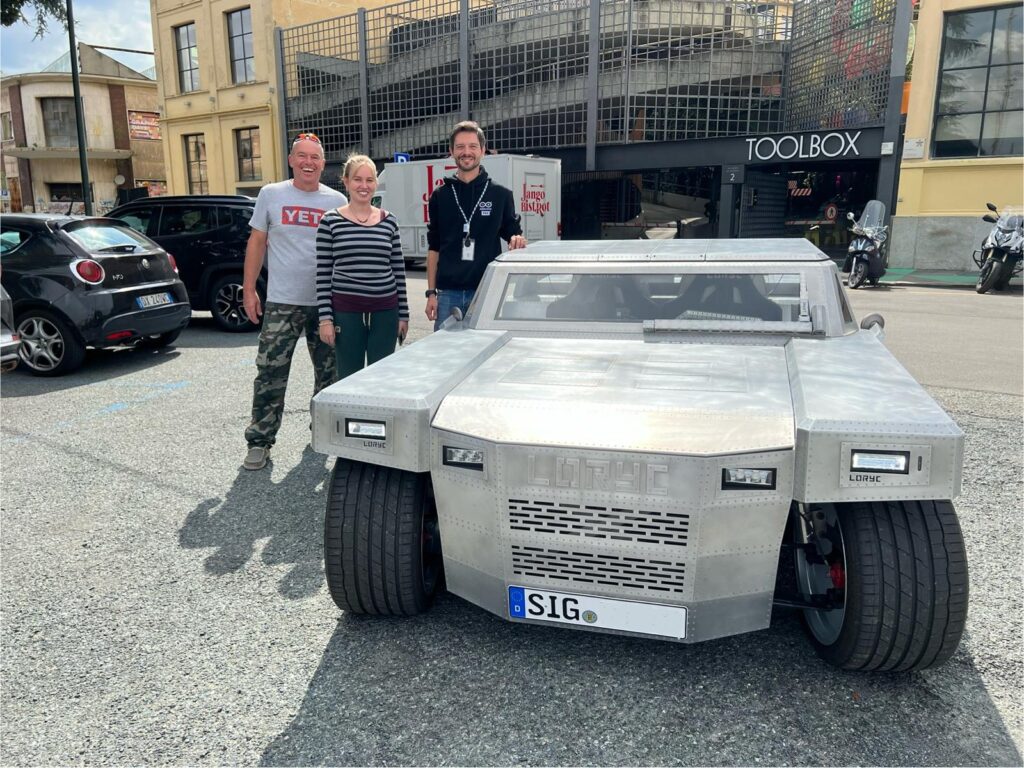
Inventor Charly Bosch and his daughter Leonie have crafted something truly remarkable: a fully electric, Arduino-powered car that’s as innovative as it is sustainable. Called the Batteryrunner, this vehicle is designed with a focus on environmental impact, simplicity, and custom craftsmanship. Get ready to be inspired by a car that embodies the spirit of creativity!
When the Arduino team saw the Batteryrunner up close at our offices in Turin, Italy, we were genuinely impressed – especially knowing that Charly and Leonie had driven over 1,000 kilometers in this unique car! Their journey began on a small island in Spain, took them across southern France, and brought them to Italy before continuing on to Austria.
Building a car with heart – and aluminum
In 2014, Charly took over LORYC – a Mallorca carmaker that became famous in the 1920s for its winning mountain racing team. His idea was to ??build a two-seater as a tribute to the LORYC sports legacy, but with a contemporary electric drive: that’s how the first LORYC Electric Speedster was born. “We’re possibly the smallest car factory in the world, but have a huge vision: to prove electric cars can be cool… and crazy,” Charly says.
With a passion for EVs rooted in deep environmental awareness, he decided to push the boundaries of car manufacturing with the Batteryrunner: a car where each component can be replaced and maintained, virtually forever.
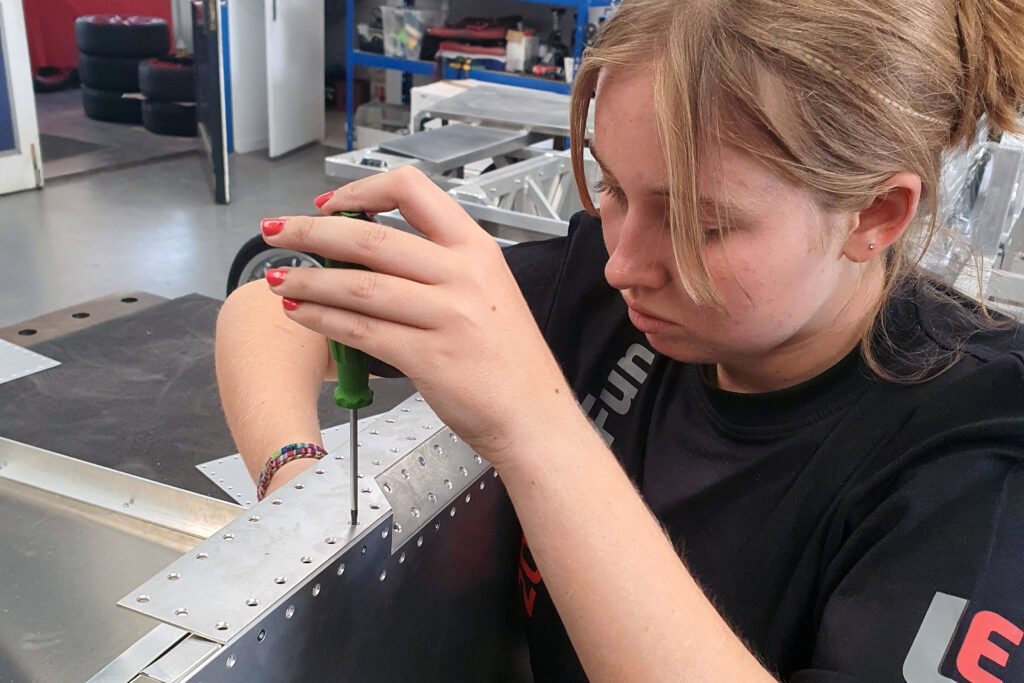
Indeed, it’s impossible not to notice that the vehicle is made entirely from aluminum: specifically, 5083 aluminum alloy. This material is extremely durable and can be easily recycled, unlike plastics or carbon fiber which end up as waste at the end of their lifecycle.
The car’s bodywork includes thousands of laser-cut aluminum pieces. “This isn’t just a prototype: it’s a real car – one that we’ve already been able to drive across Europe,” Charly says.
The magic of learning to do-it-yourself
“People sometimes ask me why I use Arduino, as if it was only for kids. Simple: Arduino never failed me,” is Charly’s quick reply. After over a decade of experience with a variety of maker projects, it was an easy choice for the core of Batteryrunner’s system.
In addition to reliability, Charly appreciates the built-in ease-of-use and peer support: “The Arduino community helps me with something new every week. If you are building a whole car on your own, you can’t be an expert in every single aspect of it. So, anytime I google something, I start by typing ‘Arduino’, and follow with what I need to know. That’s how I get content that I can understand.”
This has allowed Charly and Leonie to handle every part of the car’s design, coding, and assembly, creating a fully integrated system without needing to rely on external suppliers.
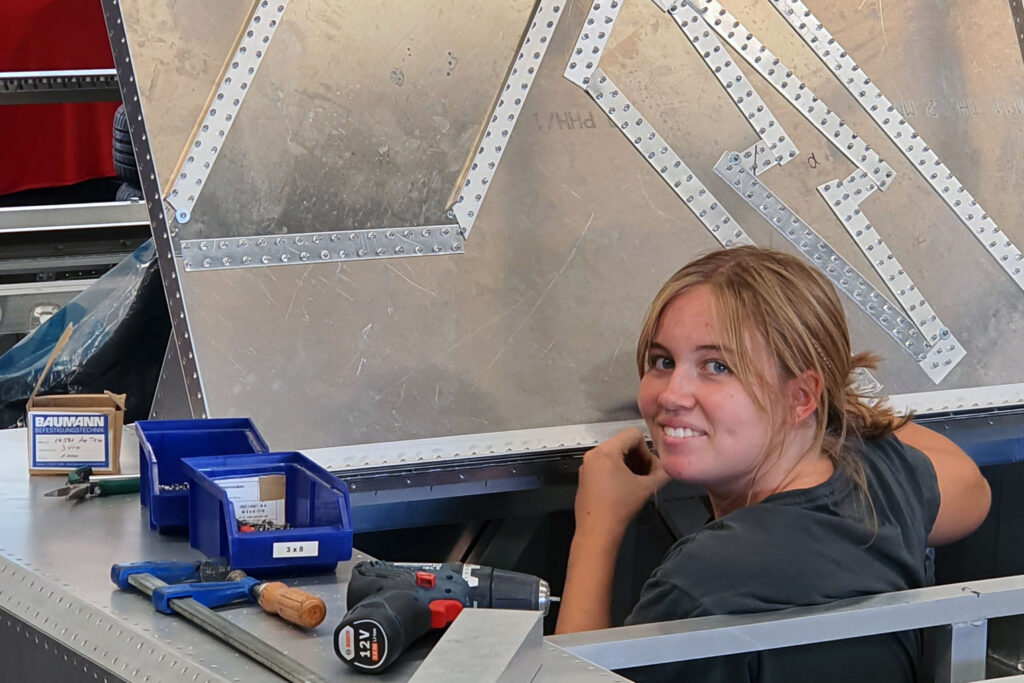
Using Arduino for unstoppable innovation
A true labor of love, after four years since its inception the Batteryrunner is a working (and talking!) car, brought to life by 10+ Arduino boards, each with specific functions.
For instance:
• An Arduino Nano is used to manage the speedometer (a.k.a. the “SpeedCube”), in combination with a CAN bus module, stepper motor module, and stepper motor.
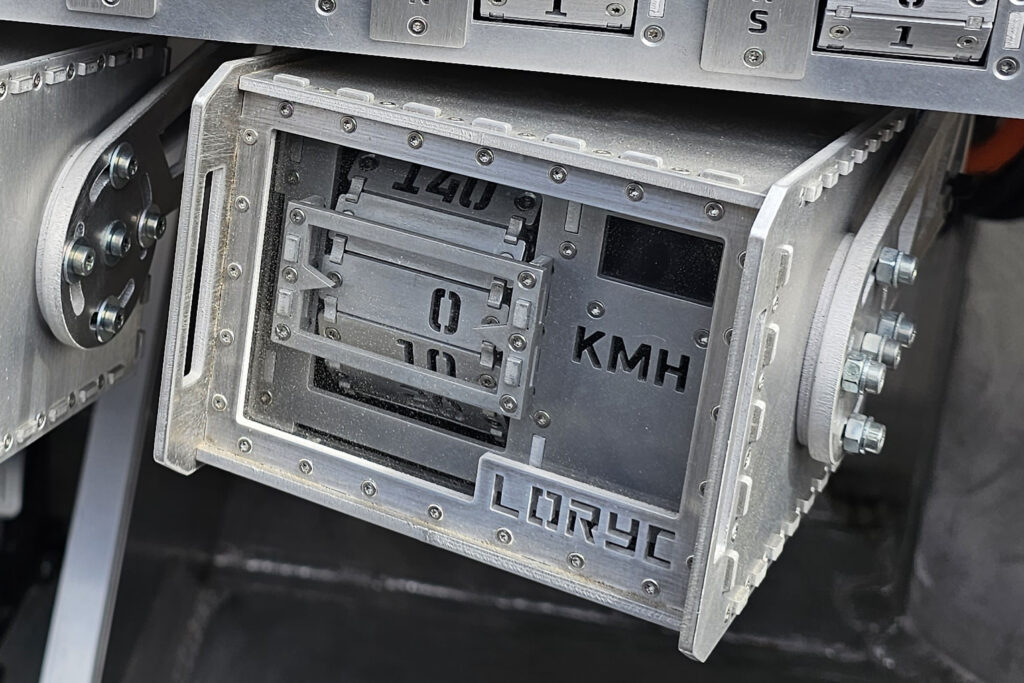
• Different Arduino Mega 2560, connected via CAN bus modules, control the dashboard, steering wheel, lights and blinkers, allowing users to monitor and manage various functions.
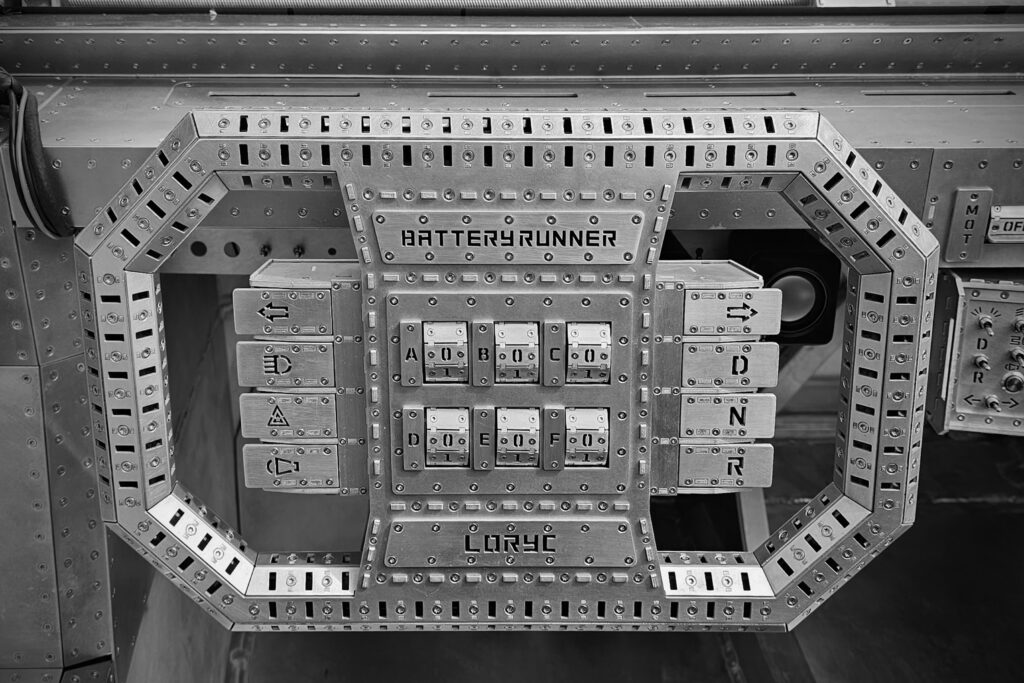
• Arduino UNO R4 boards with CAN bus transceivers are used to handle different crucial tasks – from managing the 400-V battery system and Tesla drive unit to operating the linear windshield wiper and the robotic voice system.
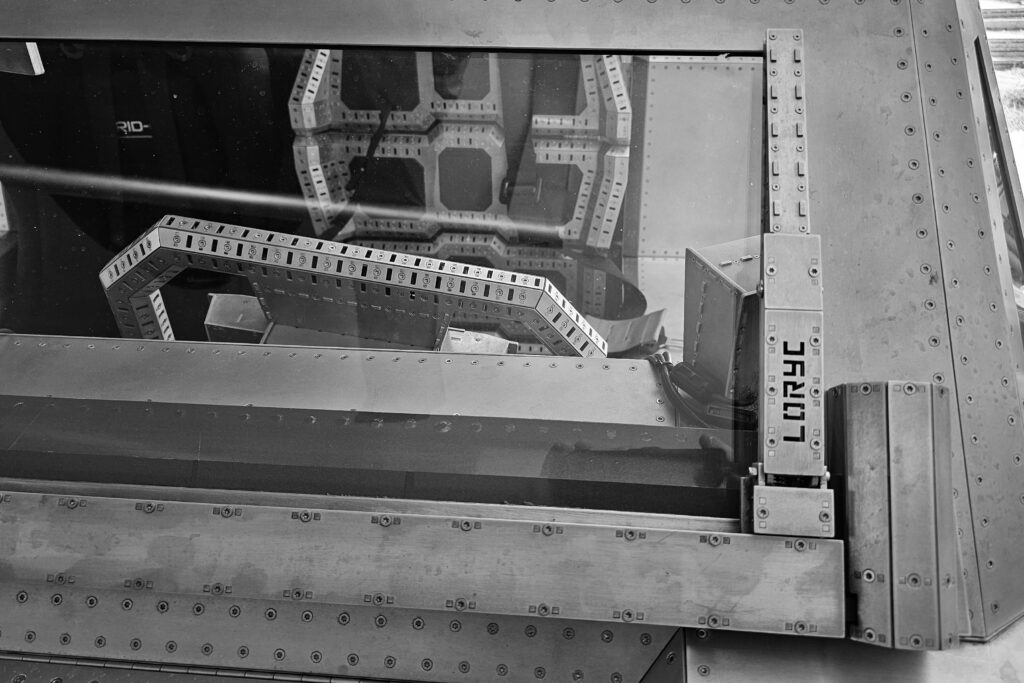
Charly already plans on upgrading some of the current solutions with additional UNO R4 boards, and combining the GIGA R1 WiFi and GIGA Display Shield for a faster and Wi-Fi®-connected “InfoCube” dashboard.
All in all, the Batteryrunner is more than a car: it’s a rolling platform for continuous innovation, which Charly is eager to constantly improve and refine. His next steps? Integrating smartphone control via Android, adding sensors for self-parking, and experimenting with additional features that Arduino makes easy to implement. “This is a car that evolves,” Charly explains. “I can add or change features as I go, and Arduino makes it possible.”
Driving environmental awareness
Finally, we see Batteryrunner as more than a fun, showstopping car. Given Charly’s commitment to low-impact choices, it’s a way to shift people’s mindset about sustainable mobility. The environmental challenges we face today require manufacturers to go well beyond simply replacing traditional engines with electric ones: vehicles need to be completely redesigned, according to sustainability and simplicity principles. To achieve this, we need people who are passionate about the environment, technology, and creativity. That’s why we fully agree with Charly, when he says, “I love makers! We need them to change the world.”
Follow LORYC on Facebook or Instagram to see Charly and Leonie’s progress, upgrades, and experiments, and stay inspired by this incredible, Arduino-powered journey.